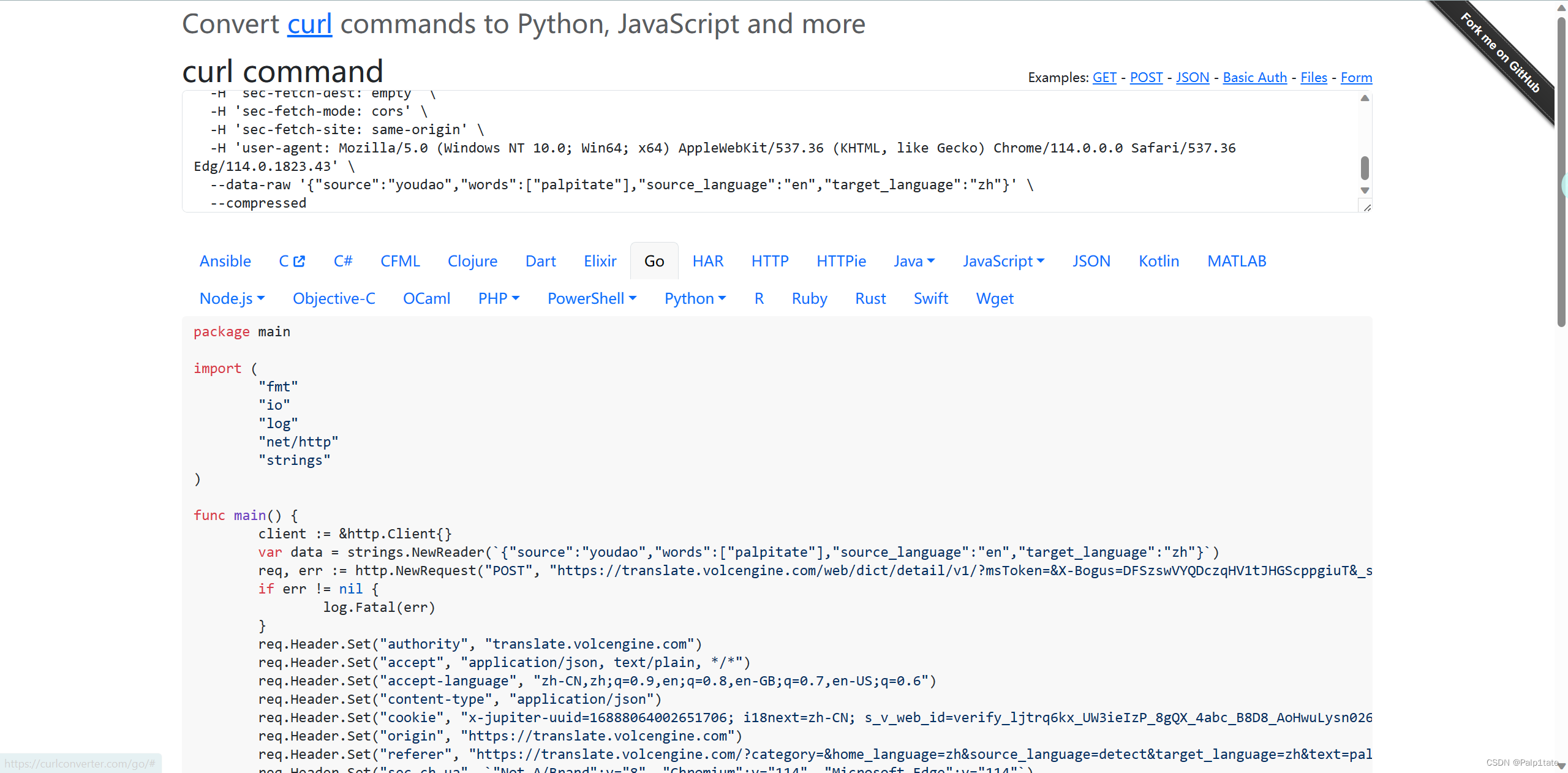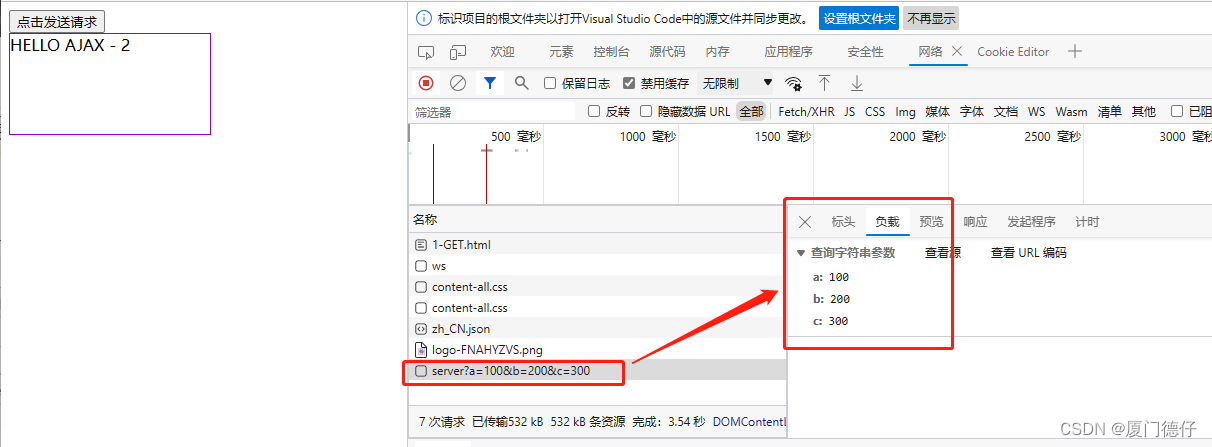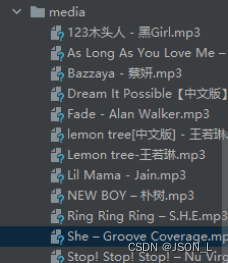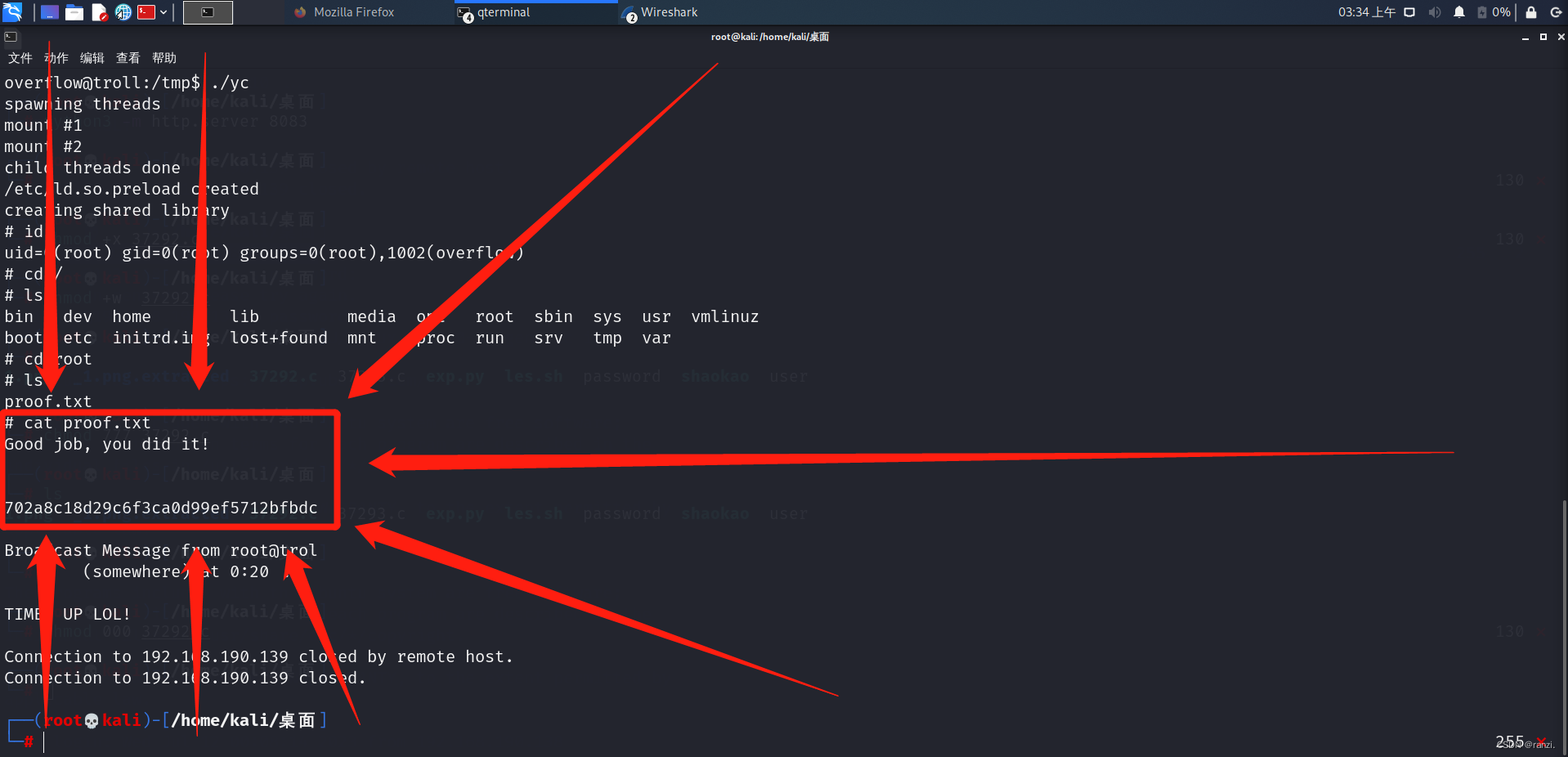
和你一起终身学习,这里是程序员Android
经典好文推荐,通过阅读本文,您将收获以下知识点:
一、Broadcast概述
二、Broadcast的注册
三、Broadcast的注册类型
四、静态注册开机广播的实现
五、动态监听亮灭屏幕广播实现
六、广播的发送方法
七、参考文献
一、Broadcast概述
在了解广播之前,我们先了解Broadcast继承关系 ,Broadcast的继承关系如下:
java.lang.Object↳ android.content.BroadcastReceiverBroadcast是 Android 四大组件之一,是一种广泛运用在应用程序之间异步传输信息的机制。Broadcast 本质上是一个Intent 对象,差别在于Broadcast可以被多个 BroadcastReceiver处理。BroadcastReceiver 是一个全局监听器,通过它的 onReceive() 可以过滤用户想要的广播,进而进行其它操作。
BroadcastReceiver 默认是在主线程中执行,如果onReceiver()方法处理事件超过10s,则应用将会发生ANR(Application Not Responding),此时,如果建立工作线程并不能解决此问题,因此建议:如处理耗时操作,请用 Service代替。
BroadcastReceiver的主要声明周期方法onReceiver(),此方法执行完之后,BroadcastReceiver实例将被销毁。
二、Broadcast的注册
Broadcast 属于Android四大组件之一,必须在Androidmainfest.xml中注册.
Broadcast 注册方法如下:
<receiverandroid:name="ReceiverMethod"android:enabled="true"android:exported="true"><intent-filter><action android:name="String....." /></intent-filter></receiver>注意:
如不注册,将导致无法接收处理广播消息
三、Broadcast的注册类型
广播的注册分两种(静态注册、动态注册),一种在Androidmainfest.xml中静态注册,另一种是在Java代码中动态注册。
1.静态注册
一些系统发送的广播需要在Androidmainfest.xml中静态注册,例如 开机广播,apk状态改变广播,电量状态改变广播等。这些静态注册的广播,通常在Androidmainfest.xml中拦截特定的字符串。
静态注册广播的方法如下:
<?xml version="1.0" encoding="utf-8"?>
<manifest xmlns:android="http://schemas.android.com/apk/res/android"package="com.programandroid"android:versionCode="1"android:versionName="1.0" >... ...<receiverandroid:name="com.programandroid.BroadcastReceiver.NotificationReceived"android:enabled="true"android:exported="true" ><intent-filter><action android:name="Notification_cancel" /><action android:name="Notification_music_pre" /><action android:name="Notification_music_play" /><action android:name="Notification_music_next" /></intent-filter></receiver>... ...2.动态注册广播
在Java中动态注册广播,通常格式如下:
//动态注册广播registerReceiver(BroadcastReceiver, IntentFilter);四、静态注册开机广播的实现
1. 静态开机广播实现
p ublic class BootReceiverMethod extends BroadcastReceiver {@Overridepublic void onReceive(Context context, Intent intent) {// 接收开机广播处理事情,比如启动服务Intent mStartIntent = new Intent(context, StartServiceMethods.class);context.startService(mStartIntent);}
}2.静态注册开机广播
<!-- 必须声明接收开机广播完成的权限--><uses-permission android:name="android.permission.RECEIVE_BOOT_COMPLETED" /><receiverandroid:name=".component.BroadcastReceiver.BootReceiverMethod"android:enabled="true"android:exported="true"><intent-filter><action android:name="android.intent.action.BOOT_COMPLETED" /></intent-filter></receiver>五、动态监听亮灭屏幕广播实现
1.动态注册亮灭屏实现
动态注册广播方法是registerReceiver()。
注意:
在广播中动态注册广播请注意一定要使用context.getApplicationContext(),防止context 为空 ,引起空指针异常。
动态注册亮灭屏实现实现如下:
public class ScreenOnOffReceiver {public static void ReceiverScreenOnOff(Context context) {IntentFilter screenOffFilter = new IntentFilter();screenOffFilter.addAction(Intent.ACTION_SCREEN_OFF);screenOffFilter.addAction(Intent.ACTION_SCREEN_ON);BroadcastReceiver mScreenOnOffReceiver = new BroadcastReceiver() {@Overridepublic void onReceive(Context context, Intent intent) {// TODO Auto-generated method stubString action = intent.getAction();if (action.equals(Intent.ACTION_SCREEN_OFF)) {Toast.makeText(context, "接收屏幕熄灭广播", Toast.LENGTH_SHORT).show();}if (action.equals(Intent.ACTION_SCREEN_ON)) {Toast.makeText(context, "接收屏幕点亮广播", Toast.LENGTH_SHORT).show();}}};/*** context.getApplicationContext()* 在广播中注册广播时候需要注意,防止context 为空 ,引起空指针异常* **/
// 2.动态注册广播的方法context.registerReceiver(mScreenOnOffReceiver, screenOffFilter);}
}六、广播的发送方法
广播的方法有以下三种:
1.无序sendBroadcast(intent)
2.有序sendOrderedBroadcast()
3.持续sendStickyBroadcast())
1.发送无序广播的方法
发送无序广播在Android 中很常见,是一种一对多的关系,主要通过 sendBroadcast(intent);发送广播。
1.发送自定义广播案例
广播说白了就是一个带Action等字符串标记的Intent。发送自定义广播举例如下:
Intent customIntent=new Intent();customIntent.setAction("SendCustomBroadcast");sendBroadcast(customIntent);2.接收自定义广播的方法
当用户对某些广播感兴趣的话,此时可以获取此广播,然后在onReceive方法中处理接收广播的一下操作。
public class CustomBroadcast extends BroadcastReceiver {public CustomBroadcast() {}@Overridepublic void onReceive(Context context, Intent intent) {if (intent.getAction().equals("SendCustomBroadcast")){Toast.makeText(context,"自定义广播接收成功:Action:SendCustomBroadcast",Toast.LENGTH_SHORT).show();}}
}注意
自定义广播是在Androidmanfest.xml中静态注册的。
2.发送有序广播
广播在Android是有优先级的,优先级高的广播可以终止或修改广播内容。发送有序广播的方法如下sendOrderedBroadcast(intent,"str_receiver_permission");
1.发送自定义有序广播
Intent customOrderIntent=new Intent();customOrderIntent.setAction("SendCustomOrderBroadcast");customOrderIntent.putExtra("str_order_broadcast","老板说:公司每人发 10 个 月饼");sendOrderedBroadcast(customOrderIntent,"android.permission.ORDERBROADCAST");广播属于四大组件,一定要在AndroidMainfest.xml中注册。
有序广播静态注册
接收有序广播的静态注册方法如下:
<receiverandroid:name=".component.BroadcastReceiver.CustomHightBrodcast"android:enabled="true"android:exported="true"><intent-filter android:priority="1000"><action android:name="SendCustomOrderBroadcast" /></intent-filter></receiver><receiverandroid:name=".component.BroadcastReceiver.CustomMiddleBroadcast"android:enabled="true"android:exported="true"><intent-filter android:priority="500"><action android:name="SendCustomOrderBroadcast" /></intent-filter></receiver><receiverandroid:name=".component.BroadcastReceiver.CustomLowerBroadcast"android:enabled="true"android:exported="true"><intent-filter android:priority="100"><action android:name="SendCustomOrderBroadcast" /></intent-filter></receiver>有序广播处理,高优先级广播可以优先处理
public class CustomHightBrodcast extends BroadcastReceiver {public CustomHightBrodcast() {}@Overridepublic void onReceive(Context context, Intent intent) {if (intent.getAction().equals("SendCustomOrderBroadcast")) {Toast.makeText(context, intent.getStringExtra("str_order_broadcast"), Toast.LENGTH_SHORT).show();Bundle bundle=new Bundle();bundle.putString("str_order_broadcast","经理说:公司每人发 5 个 月饼");
// 修改广播传输数据setResultExtras(bundle);}}
}中优先级的广播后序处理
public class CustomMiddleBroadcast extends BroadcastReceiver {public CustomMiddleBroadcast() {}@Overridepublic void onReceive(Context context, Intent intent) {if (intent.getAction().equals("SendCustomOrderBroadcast")) {Toast.makeText(context, getResultExtras(true).getString("str_order_broadcast"), Toast.LENGTH_SHORT).show();Bundle bundle=new Bundle();bundle.putString("str_order_broadcast","主管说:公司每人发 2 个 月饼");setResultExtras(bundle);}}
}低优先级广播最后处理
public class CustomLowerBroadcast extends BroadcastReceiver {public CustomLowerBroadcast() {}@Overridepublic void onReceive(Context context, Intent intent) {if (intent.getAction().equals("SendCustomOrderBroadcast")) {String notice= getResultExtras(true).getString("str_order_broadcast");Toast.makeText(context,notice, Toast.LENGTH_SHORT).show();
// 终止广播继续传播下去abortBroadcast();}}
}注意 :
有序广播需要声明并使用权限
1.声明使用权限
<!-- 申请使用自定义 有序广播的权限 --><uses-permission > android:name="android.permission.ORDERBROADCAST" />2.声明权限
<!-- 自定义 有序广播的权限 --><permission>
android:name="android.permission.ORDERBROADCAST"/>在有序广播中高优先级的广播接收广播,可以修改数据,然后传给低优先级的广播。
3.发送持续广播(已经被弃用)
粘性广播会在Android系统中一直存在,不过随着 Android系统的不断更新,此方法逐渐被抛弃,使用方法如下:sendStickyBroadcast(intent);
【腾讯文档】Android 基础知识库
https://docs.qq.com/doc/DSWdKRWh1VnVHYWFP
友情推荐:
Android 开发干货集锦
至此,本篇已结束。转载网络的文章,小编觉得很优秀,欢迎点击阅读原文,支持原创作者,如有侵权,恳请联系小编删除,欢迎您的建议与指正。同时期待您的关注,感谢您的阅读,谢谢!

点击阅读原文,为大佬点赞!











